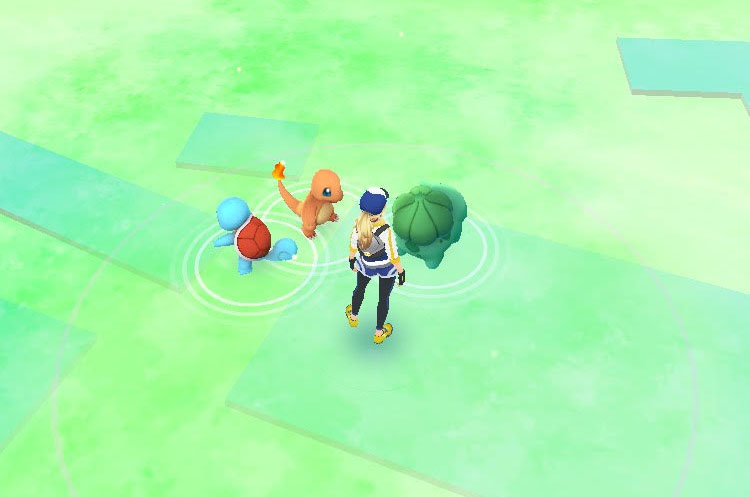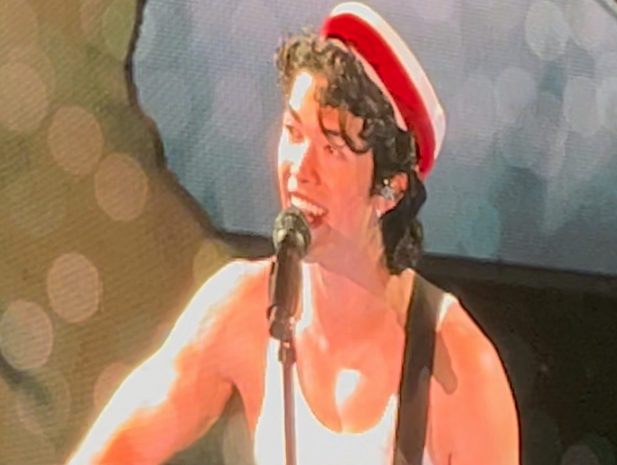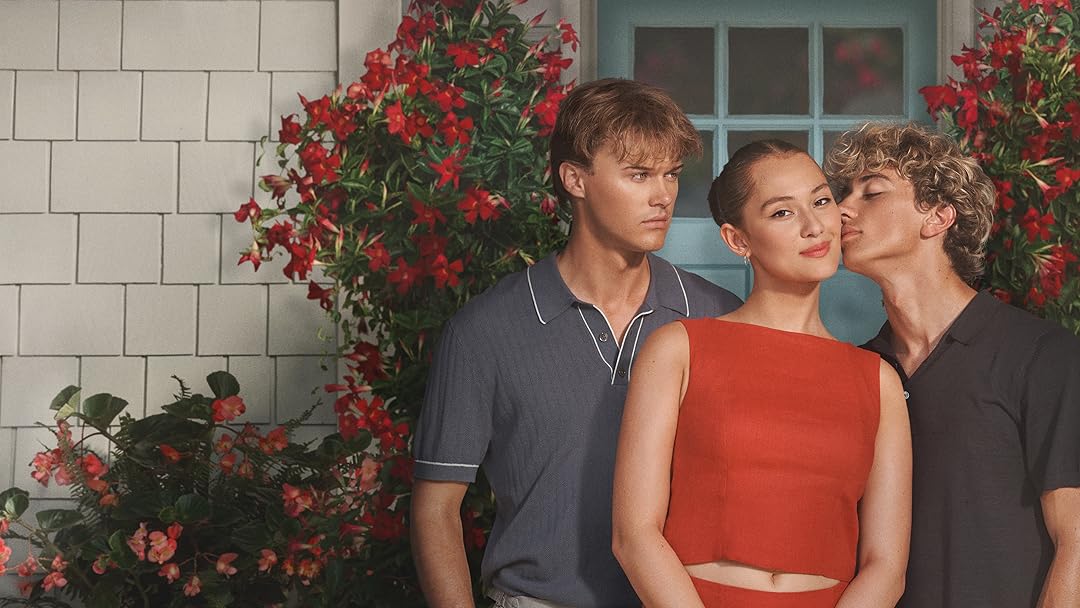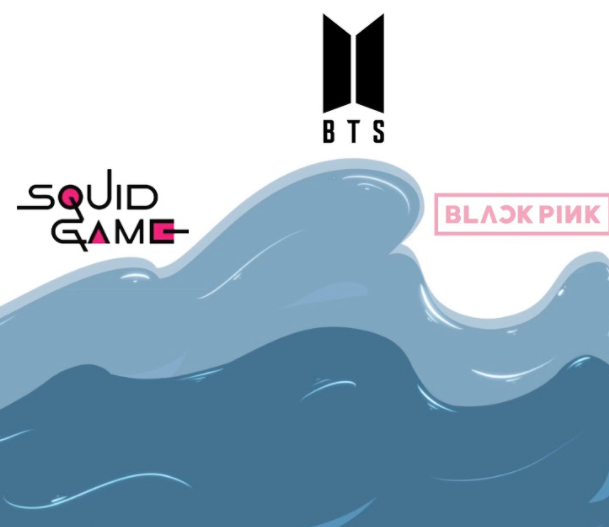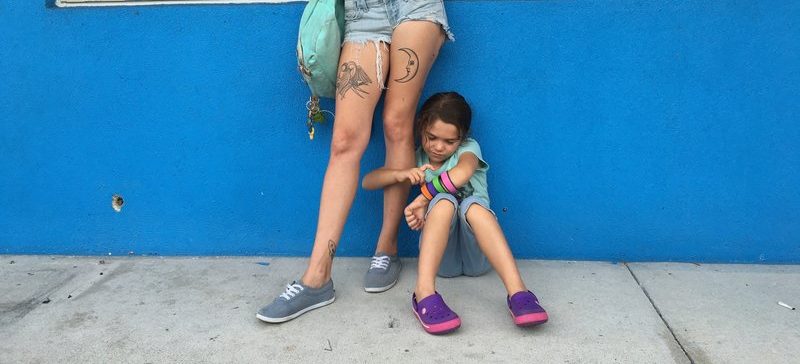Taking the world by storm, Pokemon Go has become one of the most played games of 2016. Being played by millennials, Gen X and even the baby boomers, there have been over 100 million downloads and over 20 million daily active users, compiled by the Business of Apps, a website that tracks data from current games on the app market.
As soon as the app came out, students from the Granite Bay area were carpooling with friends and running around parks, all with the hopes of catching the next Pokemon.
The original Pokemon game was released in 1996 in Japan for Game Boy. Since then it has gone through seven generations, which are all sequels to the original game.
When Pokemon Go came out, there was a sense of accessibility to it.
Unlike previous versions of Pokemon where it could only be played on a Game Boy, Nintendo DS, Wii or arcade games, this app made it easy to play, because in this day in age, people are known for always having their phones on them.
The app is based off of personal preference. For some, their childhood memories of the original Pokemon attaches them to the game. Some just love the ongoing hunt for new Pokemon. Others gave it a try and didn’t adapt to it as well as others.
“This is probably the only game that I have ever played where I’ve actually struck up conversations with strangers” English teacher Adam McLearan said. “I think it lends itself to that because you can see the other person playing the game; it’s very obvious their phone is out and they’re doing the same thing you’re doing.”
As for being a social game, not just strangers were able to meet each other, but it brought together family and friends as well.
“My friends and I would drive around looking for Pokemon (while carpooling),” junior Ben Law said. “Some days I would drive and we would drive around for the whole entire day.”
For many, Pokemon was a big part of their lives, but when the app came out nearly everyone was playing.
“I think Pokemon Go just kinda hit everything right,” English 11 teacher, Michael Handling said.
“It’s a virtual reality game and (the game makers) really had a pretty solid execution on it, combined with people my age and maybe 10 to 15 years younger, and that nostalgia of remembering what it was like to play those games originally.”
All over the news, there were bizarre stories about people crashing their cars while playing Pokemon Go, or people getting hit by cars because of their lack of attention to the rest of the world around them.
“I (was) out with my friends, and we were just chilling at this park,” senior Emily Schofield said. “All of a sudden, we see … this one guy parallel parked and (he backs out of) the parking space and backs straight into (another) car.”
Some, however, didn’t adapt to the game as well as others.
“Some people I think found the game a little hard to understand because it requires you to teach yourself and it requires you to talk to other people and sort of crowd source solutions,” McLearan said. “It doesn’t really give you much of a tutorial.”
As time has passed since the release date in early July, some have stopped playing the game altogether, either because they are too busy, or because they lost interest in the game.
“The reason I got hyped up was because I thought you could train your Pokemon, swap Pokemon and have battles with your friends,” sophomore Lamont Mason said. “Everyone still played it, but it was eventually going to get boring if all you could do was catch Pokemon.”
With the decrease in players, it poses the question of why the game was played avidly by so many, but then lost a large amount of players so rapidly.
“The repetitive nature of the game tends to make people … get bored of that kind of thing pretty quickly,” Handling said.



